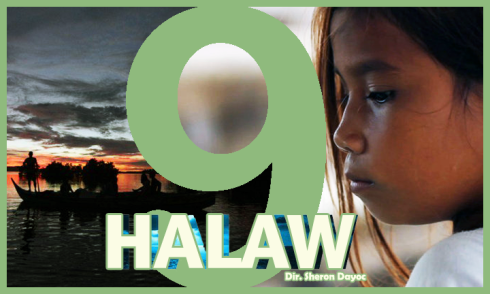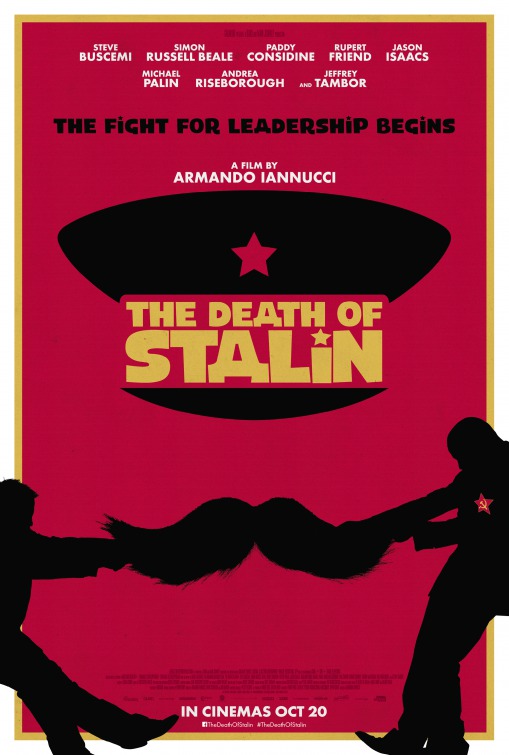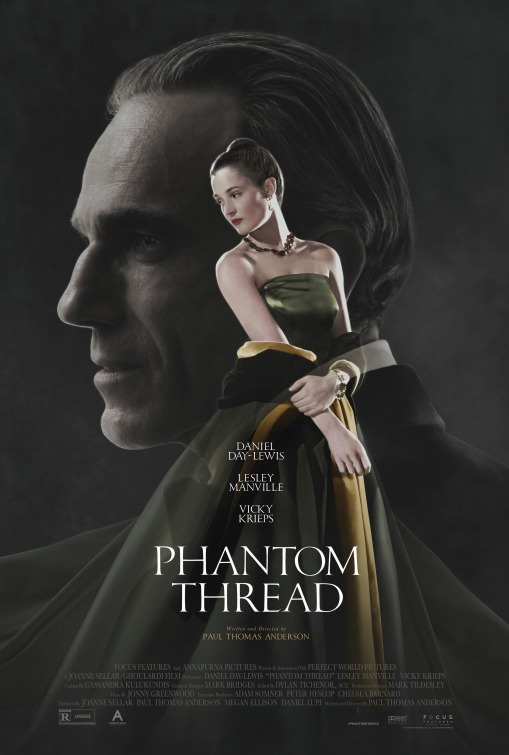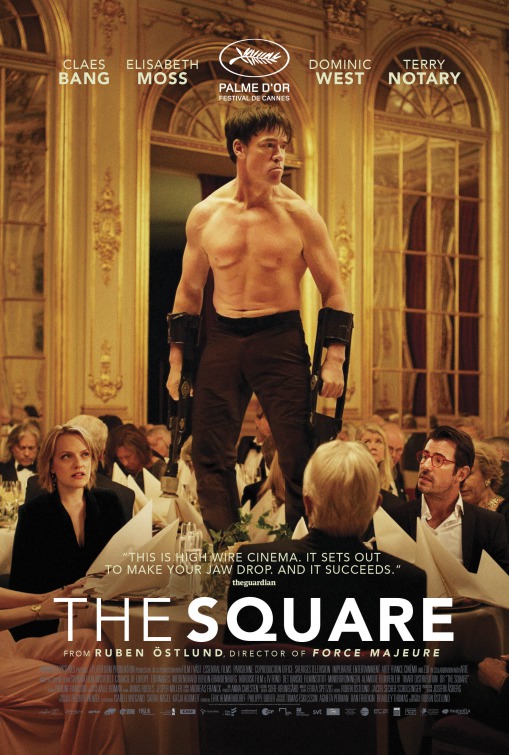By Sanriel Chris Ajero
July, for a Filipino cinephile, equates to home-grown filmic orgasm. This, we thank Cinemalaya for. Having seen all the competing entries from the 6th Cinemalaya Film Festival and then some (35 total), I feel compelled to write at least a round up of the best I’ve seen from the fest. With this, I decided to devote my monthly viewing list to a pure Cinemalaya special. Since its humble inception, the fete has been a reliable goldmine of the very best in Philippine cinema every year. Year number 6 is no exception. With a newly opened category and an interesting mix of exhibition features, the festival gave room to more possibilities of greatness. Here’s a taste of the 10 best films from Cinemalaya 2010, highly subjected to my own bias.I
I
Special Mention:
Faculty
Dir. Jerrold Tarog
A study of two opposing forces – the radical and the pacifist – in a collision much powerful than the gun battles in Rekrut, much disturbing than the character breakdown in Magkakapatid. Tarog chose to simply stage and highlight the dissection of the bold differences between these two sides in a realistically well-played exchange of wits that slowly uncovers the mask of a tragic event that spawned the very collision. Easily the strongest short from this unimpressive batch, and exactly the reason for giving it this special mention.
I
I
TOP 10
10. Pink Halo-Halo
Dir. Joselito Altarejos
This is a film which I am really partial about. That, of course, is always a good thing. While I’m impressed by the immense improvement (in all aspects) from all former Altarejos features, I did not find the film essential enough to be memorable, or at least to be insightful. Don’t get me wrong, it is beyond serviceable. You can see his passion overflowing into piecing this film together. He was brave enough to tell an extremely personal struggle with such tender frames and in such a lovely pace. Added to that, the staging of the whole town and the halo-halo store as distinct characters make the film even more interesting.
I
I
I
9. Halaw (Ways of the Sea)
Dir. Sheron Dayoc
Winning the top plums for the New Breed category, Halaw explores the illegal transport of some of our most interesting citizens to Sabah. The film is glaringly divided into two distinct territories. First of this is the exposition (the very little of it) of the plot and the characters as they prepare for the trip to commence. Here, we patiently sit and wait with the passengers as their characters get revealed with every gesture, reaction and conversation. More interestingly, we get to see this develop, without losing a single ounce of its slow-burning charm, as they start their journey to the other side of the sea – where fulfillment of their dreams lies waiting. The ending, as striking and disturbing as it is, is all the more effective with a treatment that takes gears and drifts away from the slacking current and turns a full swing from the somber style of the entire picture.
I
I
I
8. Mayohan
Dir. Dan Villegas
Looks can be deceiving, yes. The entire merit of the film is cloaked by its thick layer, the tip of the iceberg. This coating captures beautiful ladies, calm breezes, weeping raindrops, dancing leaves, gorgeous seascapes, breathtaking sunsets and a carefully guised script – guised with such fond laughter and tender innocence. Under this seeming perfection lies blinding darkness that explores the rotting nature of every single character in the film. You have to look past the charm, for it is where the beauty of human imperfection lies – a chap infecting the town with a sexual disease, a lass stealing money for personal comfort, a group of girls unknowingly (or purposefully) seducing gentlemen for donations, and other irregularities that stain the postcard-perfect façade of this town in Infanta.
I
I
I
7. Vox Populi
Dir. Dennis Marasigan
Marasigan’s Vox Populi studies the reality of electioneering by focusing on an interesting bunch of dynamic characters. Central to this is the mayoral candidate Connie de Gracia, played with calculated restraint and perfect awkwardness by the ever-wonderful Irma Adlawan, campaigning for one last time before the actual elections. She leads a remarkable lot of supporting characters that include a supportive assistant, an old man trapped in the conventions of the past, a loud professor lacking of voice, a businessman and his dirty laundry, a senior whose morals, family, and trade gets extremely tangled up, a daughter torn between her family and her heart, her equally torn father, an election team confronted by paranoia and fear, and a van filled with the most beautiful metaphors of this entire journey.
I
I
I
6. Limbunan
Dir. Gutierrez Mangansakan II
Simplistic yet eloquent, Limbunan lovingly paces the wedding preparations of a family grounded by the Maguindanaoan tradition. As it flows with every wedding ritual and every forced emotion, it also toys around with elements of the supernatural and the languished soldiers of the war. The way Mangansakan makes the film move show strong hints of maturity from a New Breed director, and every hostile reality implied in every beautifully-shot image is nothing short of a confirmation of this promise. With the progression of the promise of change throughout the film, sudden turn of events prove a rather difficult final act. This is a sad certainty we all have to accept – that in the end, however good the intentions, however vigorous our hearts cry, however relentless our arms fight, we should learn to accept that some traditions are never really meant to be broken, some powers are never really destined to be taken away, and some people are meant to suffer all the consequences of these harsh destinies.
I
I
I
5. Sheika
Dir. Arnel Mardoquio
For his third feature, the New Breed ‘disqualified’ (well, we know the real score) film shows the most balls in all the films I saw during the festival. It plays with the same toys as did Engkwentro last year, but made it so hardcore and loud that it turned the latter into nothing but a soft whisper. It carefully weaves, in beautiful edits, the disastrous fall from sanity of a mother whose only concern was to keep her family together – amidst the poverty, the discrimination and the violence. However overplayed at times, the sincerity and the audacity of this piece reverberate in every single bitter image that makes this piece so hard to look at. At the heart of the film is the exceptionally heartbreaking portrayal of Fe Hyde that could easily knock off all other acting performances in the festival – combined.
I
I
I
4. Ang Mundo sa Panahon ng Bato (Stone is the Earth)
Dir. Ramon Mez de Guzman
I got the chance to catch both the first (Ang Mundo sa Panahon ng Yelo) and the second (Ang Mundo sa Panahon ng Bato) parts of Mes de Guzman’s Earth Trilogy during its Cinemalaya premieres. Both have presented lasting, even haunting images that the audience will bear for quite a while. Yelo, while good, is hardly memorable except for the burial sequences. Bato, on the other hand, presented every issue – of authority, of child labor, of pedophilia, of prostitution, of greed, of family, of love – in series of images that will easily pierce through your neurons. All these sequences build up and lead to one conclusive image – something that left me staggered and panting; something that haunted my conscience for days; something so unforgettable that however I try to undo the experience, the scars still lay bare. That special feeling, alone, is everything that we hope cinema could bring.
I
I
I
3. Himpapawid (Manila Skies)
Dir. Raymond Red
A rarity in Philippine cinema, this crisp and clean, perfectly polished Raymond Red feature has both the clearness of a gem and the roughness of its beauty. The gorgeously glossy shots are highly contrasted with dark themes, profanity and extremely offensive set of supporting casts. Desperation plays an enormous part in the narrative as most of its casts (lead and support alike, which are all well-portrayed and ad lib-ed ) are driven by desperate attempts to be better, in every sense of the word. All efforts, however hard they try, seem to be in vain. The lack of redemption in any of its characters is one dark and brave feature we rarely see in Philippine cinema that seems to find logic in ending films years later when all conflicts gets magically resolved by time. This makes the film’s final act all the more depressing, all the more logical and all the more memorable. It’s something that haunts your soul, because deep down, even the littlest molecule on your body believes that people, in general, deserve more than that.
I
I
I
2. Ang Paglilitis ni Andres Bonifacio
Dir: Mario O’Hara
Literally staging the so-called staged trial of Bonifacio in a moro-moro, Mario O’Hara infuses some very controversial theories and beliefs about the history we all come to accept as fact. Mocking the entire trial with the use of seemingly young actors portraying all roles, the conniving set of judges (and even lawyers), the literal play set, the overly performed lines, the rehearsed statements and the obvious dismissal of anything pro-Bonifacio – it made the trial easily one-sided as intended. The intention may be to recall the truth in all this, or to express the other side of the story, or just to experiment and toy around on how the audiences can easily be swayed with what they see. Whatever it may be, the effect of the result is staggeringly vital – as a cinema lover, as a person, as a Filipino.
I
I
I
1. Ang Ninanais (Refrains Happen Like Revolutions in a Song)
Dir. John Torres
“Do not look for our story in myths, apparitions, legends filling the gaps. They are bridges; we stretch and fall. Listen to our faces; don’t take our words. Our romance lies at the timbre of our voices.”
Words, with all its limits, can never suffice to describe everything – the beauty, the pain, the reality and the make believe. This thought is essential as one enters the most personal film of the year. John Torres intelligently weaves together different stories – from the mythical to the mundane – to come up with a study of how far imagination can take us. Just like his previous works, the film is filled with sequences he shot previously and put together to create a narrative like no other. Not relying on words, he subtitled the second part of the film not with the proper word translation, but with what he thinks the people are saying by looking at how their eyes and faces move. This is a very unusual approach, unlike anything I’ve seen. This is a filmmaker so intelligent he knows exactly what and where he is going – and who does not compromise his vision by minding what and how the viewers will react. This is an uncompromising vision, and is, without a doubt, the best Filipino film of this young decade as of yet.
I
I
Here is the complete list of all the films I saw from Cinemalaya 6, ranked:
– Ang Ninanais (4.7/5)
– Ang Paglilitis ni Andres Bonifacio (4.2/5)
– Himpapawid (4.0/5)
– Ang Mundo sa Panahon ng Bato (3.8/5)
– Sheika (3.6/5)
– Limbunan (3.5/5)
– Vox Populi (3.3/5)
– Mayohan (3.2/5)
– Halaw (3.0/5)
– Pink Halo Halo (3.0/5)
– Faculty (3.0/5)
– Donor (2.8/5)
– Ang Mundo sa Panahon ng Yelo (2.5/5)
– Muli (2.5/5)
– The Red Shoes (2.5/5)
– Lola (2.4/5)
– Rekrut (2.4/5)
– The Trial of Mister Serapio (2.2/5)
– Dalaw (2.2/5)
– Sigwa (2.0/5)
– Ganap na Babae (2.0/5)
– Despedida (2.0/5)
– Ang Laro sa Buhay ni Juan (2.0/5)
– Wag Kang Titingin (2.0/5)
– Si Techie, Si Teknoboy at Si JuanaB. (2.0/5)
– Sampaguita (1.8/5)
– The Leaving (1.8/5)
– Hay Pinhod Oh Ya Scooter (1.6/5)
– Harang (1.6/5)
– P (1.6/5)
– Boca (1.5/5)
– Two Funerals (1.2/5)
– Breakfast With Lolo (1.2/5)
– Ben and Sam (1.0/5)
– Magkakapatid (1.0/5)
There. Til next month’s round up. Thanks for reading! 🙂





















11 comments
Comments feed for this article
August 22, 2010 at 2:58 pm
andre
What an uninteresting year for Cinemalaya. 😦
August 23, 2010 at 3:58 am
Sani
Actually interesting sya for me. Magkaproblem lang yung karamihan sa execution. Wala din kasing fun concepts like last year. Medyo seryoso kasi ngayon and pa-socially relevant. Well, ganun siguro talaga pag New Breed. Best foot forward so gusto nila pa-impress with the relevance of the films. Boring naman ang labas sa mga audience.
August 22, 2010 at 3:41 pm
AD!
WOW! number 10 ang PINK HALO HALO… ang you watched In Your Eyes with the famous line of Anne Curtis, “Ang bababoy nyo!”… haha! eto ba yung gimik ng berkada mo? haha! Ang bababoy nyo! – Anne Curtis. ^____^
August 23, 2010 at 3:59 am
Sani
Haha. Talagang pinagdidiinan mo ang panunuod ko ng In Your Eyes no? Forced lang ako to watch, kasi HS friends. Kahit sa free tv na sya ipalabas, please avoid. Ang panget. Haha.
How did you find Halaw pala?
August 23, 2010 at 4:00 am
Sani
BTW, Ang Ninanais (John Torres) will have its UP Film Institute screening this Wednesday (Aug 25) 7PM. OK? WATCH IT!!!!!
August 23, 2010 at 8:48 am
Oggs Cruz
Good call on Ang Ninanais. Such a bewitching film huh?
August 24, 2010 at 12:01 am
Sani
Oh yes. Unlike anything I’ve ever seen. Such an unusual feeling after watching. And such a humble but exceptionally smart director.
Thanks for dropping by.
August 23, 2010 at 9:19 am
Epoy
I’ll be watching ang ninanais this wednesday no matter what it would take! grrr.
August 24, 2010 at 12:02 am
Sani
I’m thinking about rewatching it. Nagpapasama si Fidan kasi. So I guess if napilit nya ko, I’ll see you there?
August 26, 2010 at 6:13 pm
DENNIS MARASIGAN
thanks for watching all those films and taking time out to share what you thought about them!
August 27, 2010 at 5:55 am
Sani
Thank you for dropping by and taking time to read this. Please make more films 🙂